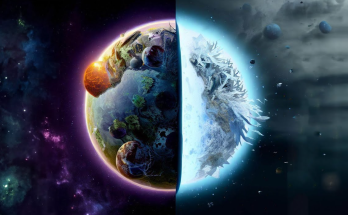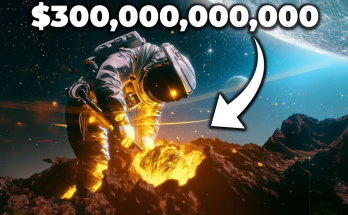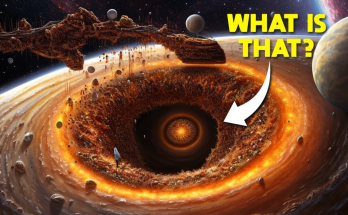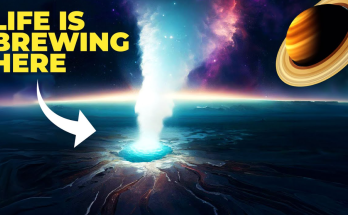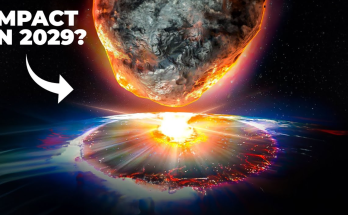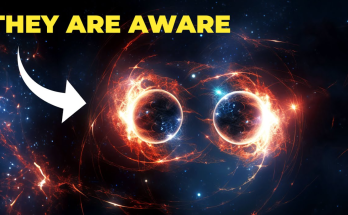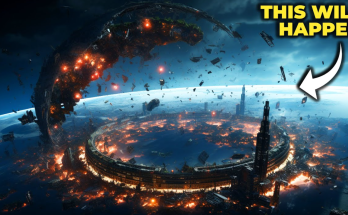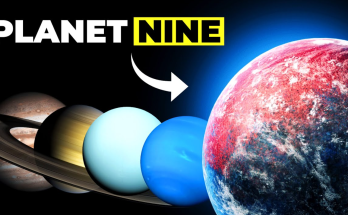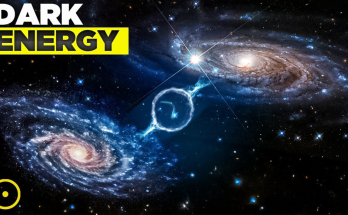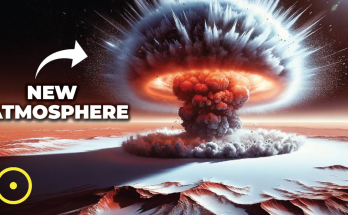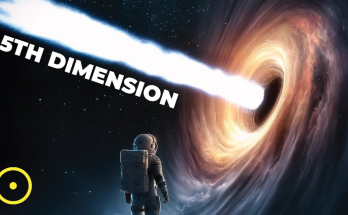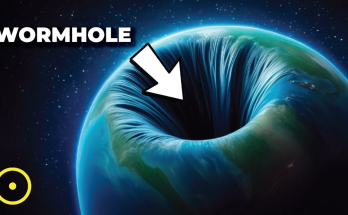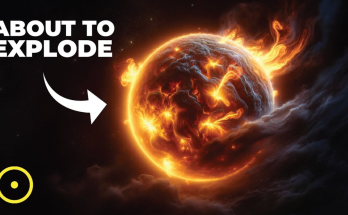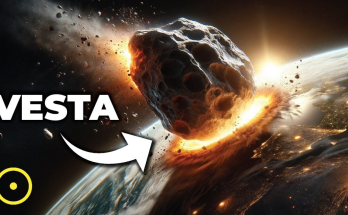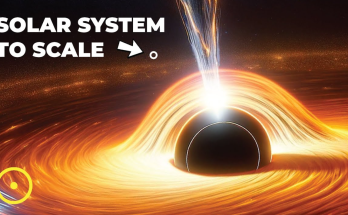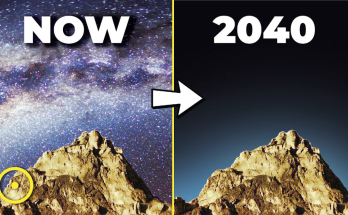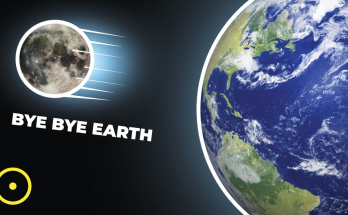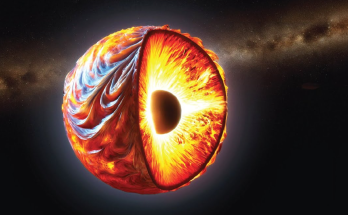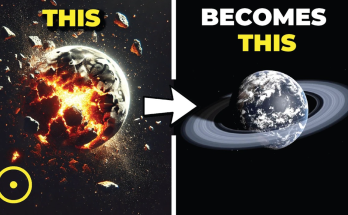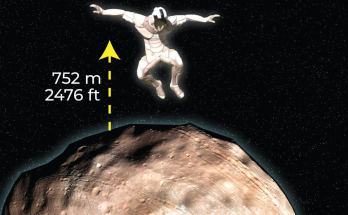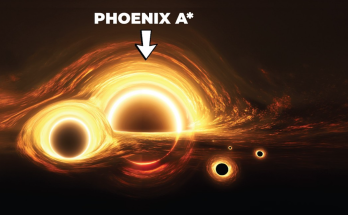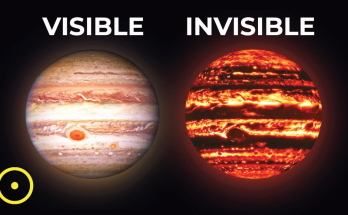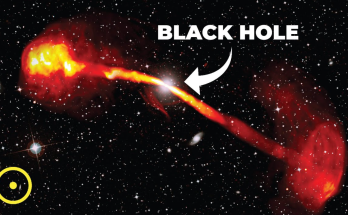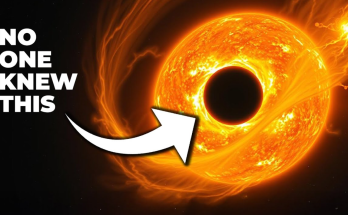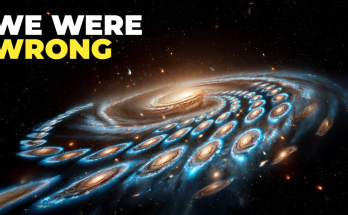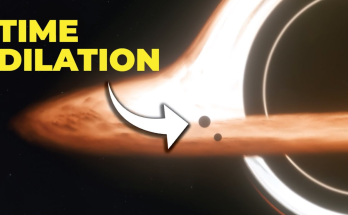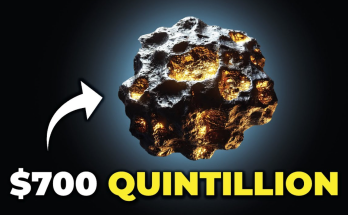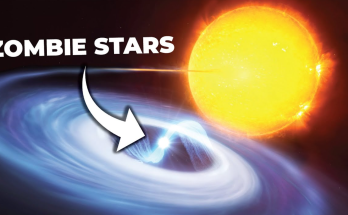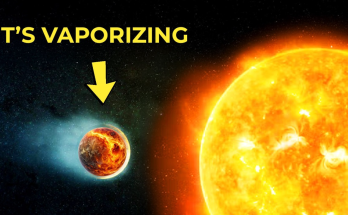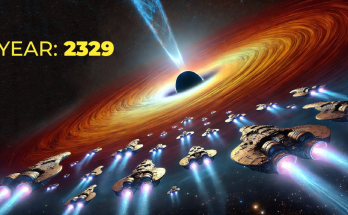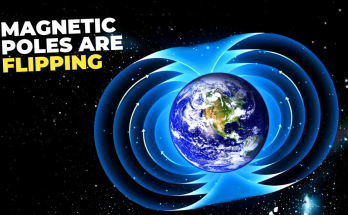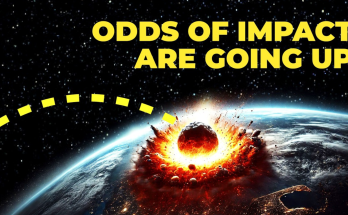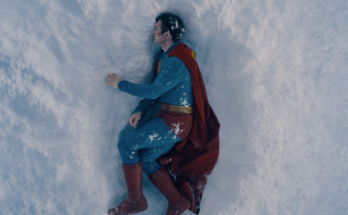Black holes are among the most fascinating and mysterious objects in the universe. There are two main types that intrigue scientists and space enthusiasts alike: stellar black holes and supermassive black holes. Let’s dive into these cosmic phenomena and explore their incredible properties, as well as the mind-bending experiences that come with approaching them.
Stellar Black Holes: The Cosmic Bullies
Stellar black holes are formed when massive stars collapse under their own gravity. These black holes are typically 3 to 10 times the mass of our sun but are much smaller in size. Despite their relatively modest size, their gravitational pull is immense, pulling in everything around them. If you were to get too close, the forces at play would cause an incredible phenomenon known as spaghettification, where your body would stretch into a long, thin strand, resembling a piece of spaghetti.
Supermassive Black Holes: The Cosmic Giants
Supermassive black holes are the true giants of the cosmos. With masses ranging from millions to billions of times that of our sun, these black holes sit at the centers of galaxies, exerting their gravitational influence over vast regions of space. Unlike stellar black holes, the tidal forces near a supermassive black hole are weaker, making it possible to cross the event horizon (the point of no return) without turning into cosmic pasta. These black holes are fascinating not just because of their size, but also because of their mysterious nature.
Time Dilation and the Accretion Disc
As we approach a supermassive black hole, something extraordinary happens: time dilation. The closer you get to the event horizon, the slower time seems to pass compared to the outside world. So, while you’re getting closer to the black hole, time on Earth is speeding up, creating a strange paradox.
One of the most visually striking features near a supermassive black hole is its accretion disc. This is a swirling mass of matter, like a cosmic pizza, which is heated to extreme temperatures as it spirals inward. The radiation emitted from this disc is intense, including dangerous x-rays and gamma rays. It’s a beautiful yet deadly light show that reminds us of the powerful forces at work.
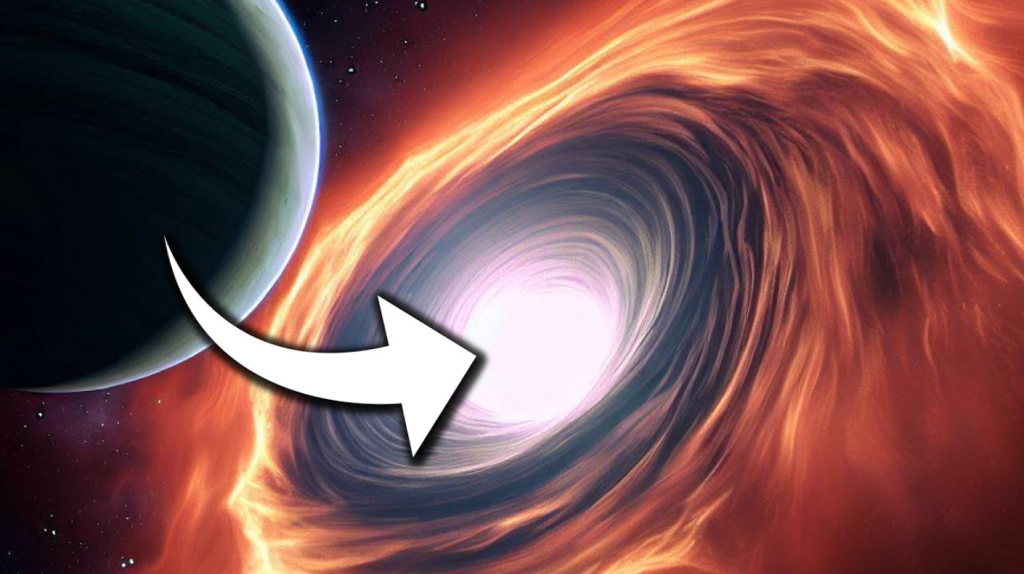
The Heart of Darkness: The Singularity
Eventually, after passing through the event horizon, we find ourselves falling toward the singularity, the point of infinite density where all the black hole’s mass is concentrated. At this point, the laws of physics as we know them break down, and any matter that falls in is crushed into an infinitely small point. It’s the ultimate cosmic mystery, where the boundaries of space, time, and reality cease to exist.
As we near the singularity, the adventure comes to an end. We’re left contemplating the awe-inspiring yet terrifying nature of black holes and their role in shaping the universe.
Exploring black holes offers a window into the most extreme environments in the cosmos. From the terrifying tidal forces of stellar black holes to the mind-bending effects of time dilation near supermassive black holes, these objects challenge our understanding of space and time. So, the next time you look up at the night sky, remember that there are cosmic wonders out there waiting to be explored.


